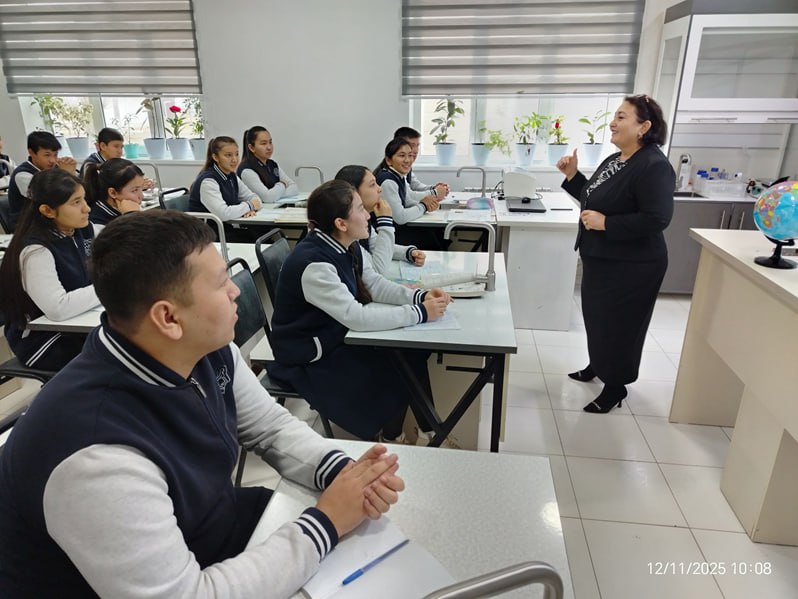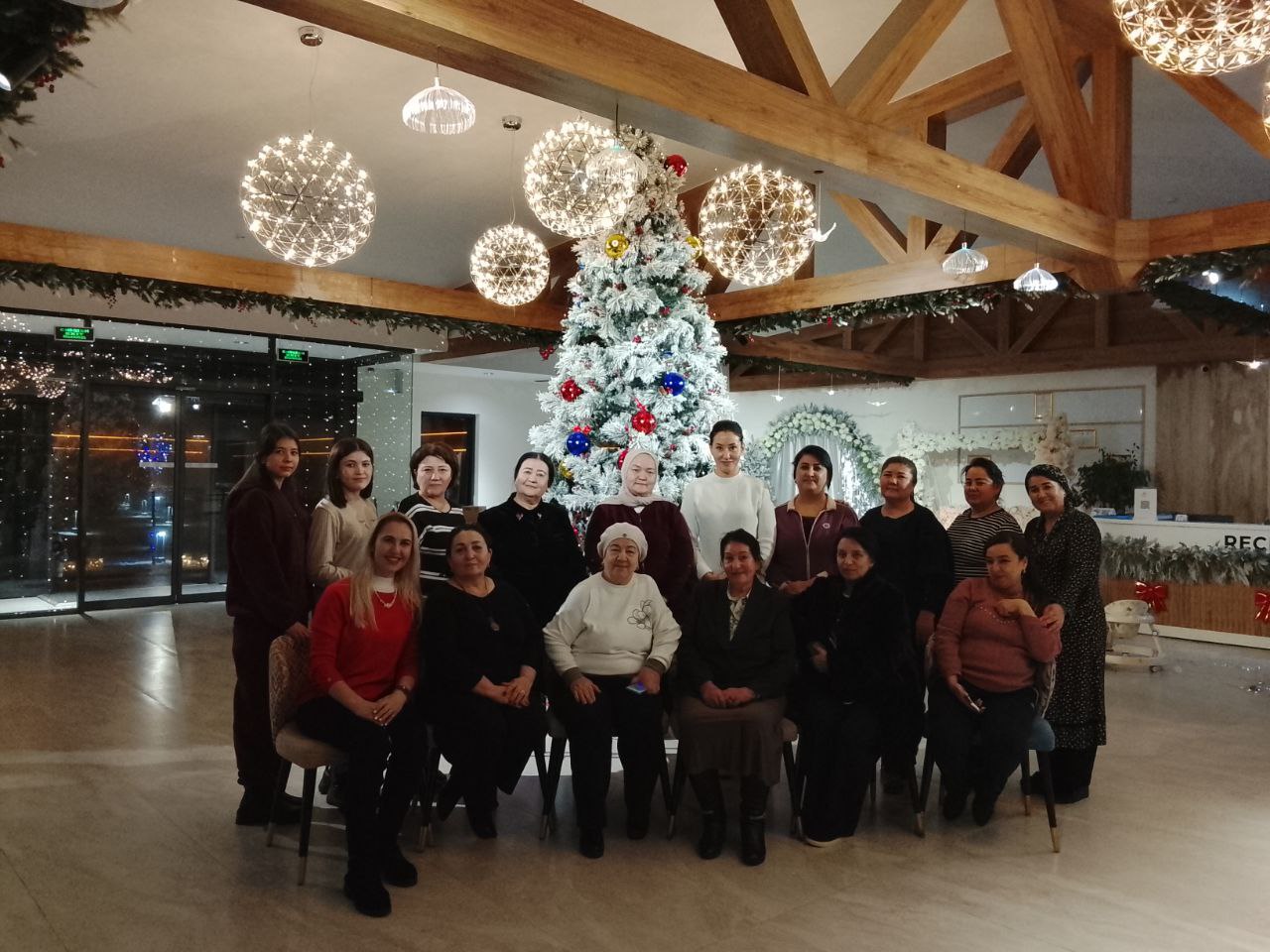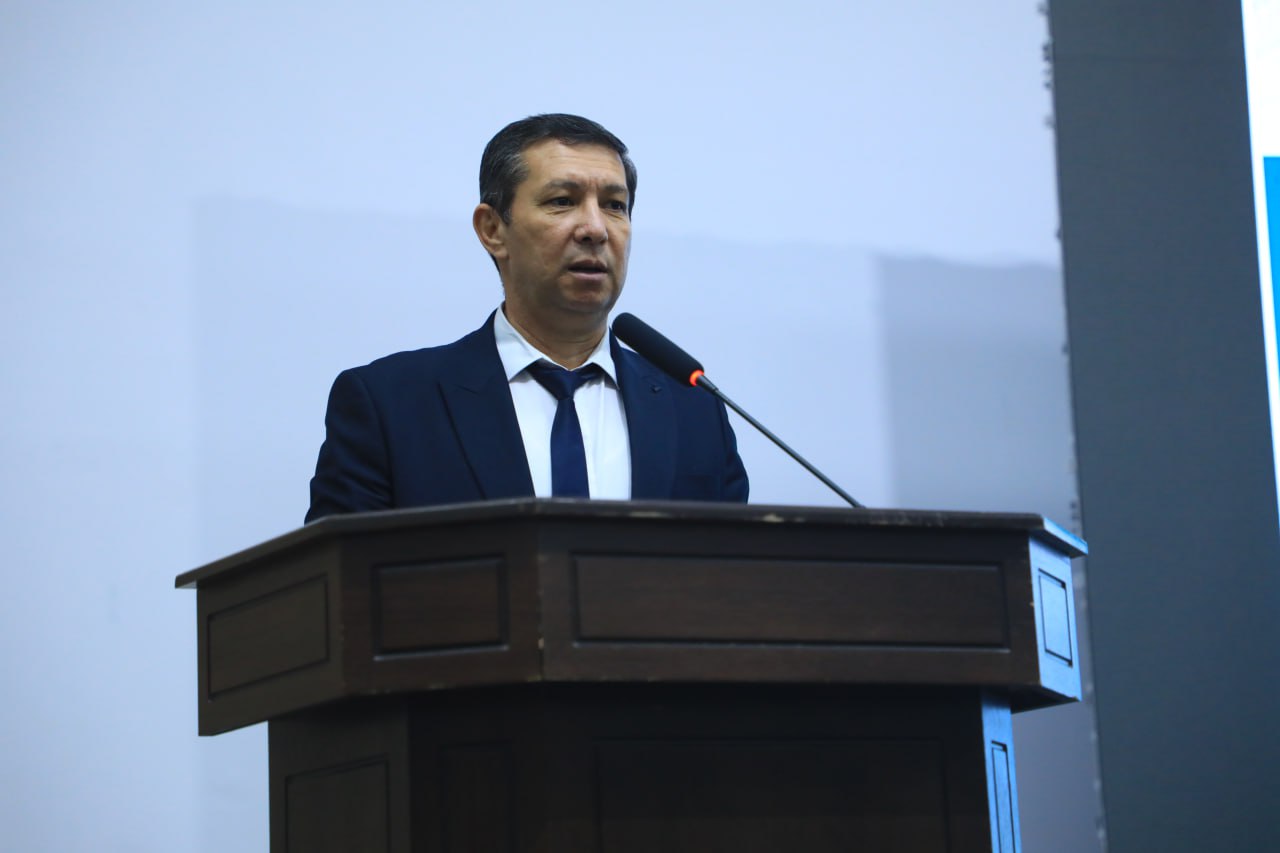Scientific advisor: Abraimova Nazira
Student of master’s degree: Samandarova Nargiza
JSPI
As Canale declared, strategic competence is one of the most important components of communicative competence, which deals with improving learners’ verbal and non-verbal communication. Thus its strategic trainings are completely teachable for classroom. In order to reach fluent speech among foreign language learners, teachers should utilize effective strategic activities during the classroom trainings. As we are future foreign language specialists, I would like to investigate various types of productive activities for developing students’ strategic competence. Besides that I would like to give complete information about the procedures of those classroom activities.
There are particular utilitarian activities for developing activities strategic competence. Now we will underline some of them.
As we know that every student has their own imagination and creativeness to describe the situations, pictures or any kind of film and so on. If the teacher gives students some pictures they begin to describe them in the different ways in accordance with their individualism. It is obvious that our first activity is called describing or definition.
Describing pictures
This activity is more opportune primary school students. However, if the picture is suitable for high-leveled students this activity can be available for them as well.
Procedure of this activity may be like this way:
- Teacher gives students some pictures which are related to the topic (for ex, it can be the pictures of the students’ friends).
- Each student describes the picture by using the fillers (in my opinion, I think that, I consider, etc.) or redundant words (ah, err, so, actually, so, etc.).
- Teacher should observe if the students are using fillers while they are speaking.
The activity above is so beneficial for developing students’ using fillers and redundant words, which help to make their speech more fluent.
The next classroom activity is totally effective for developing students verbal ability, which named “Judo”.
“Judo”
This activity is more appropriate for college and lyceum students. This activity helps to improve student’s vocabulary, and strategic ability.
Procedure of this activity:
- From the beginning of the activity one student is invited for conversation, he /she is given one particular topic for example judo. The students should evade the questions, which asked by the teacher and speak about the topic, which was given firs. For example teacher asks if the student’s grandmother own a pet. The answer may be like that:
- -Yes, my grandmother keeps an enormous Alsatian dog, because it makes her feel safer when she’s at home alone. When she was younger, of course, she didn’t need a dog because she was extremely fit and active, and right up to the age of sixty she attended judo classes. She believes that judo is very useful for women who live alone, as well as being an exciting sport. . . .
- Students can stop when they get to the required topic. Again, it may be useful to leave them some preparation time on the first occasion.
Another productive activity for enhancing students’ strategic competence is role-play. Procedure of this activity is:
- Students should imagine that they are in airplane. All of them are going to travel abroad. Suddenly the pilot announces that there is some problem with flight and some passengers have to be through away.
- Each student must prove that he/she is important enough not to be through away. For example, a students’ proof can be like that:
- You shouldn’t choose me. I’m a pregnant…..I have 2 little children…..I am mechanic….I am mother of the pilot…etc.
- While students’ expressing their ideas they should use fillers, phrases, and other strategy communication tools.
The next beneficial strategic activity is connected with non-verbal speech, which is named pantomime.
Pantomime
This activity is suitable for both school and college students. It strengthens students’ non-verbal communication and vocabulary. Procedure of this activity is:
- Students are divided into two groups. Each student from both groups chooses special cards, which was written one word which is interrelated to the topic.
- The student should explain to others which word was written on the card via the body language, mimic, and physical actions.
Another very effective activity for developing strategic competence is “Interview”
This activity totally helps to improve students’ strategic ability. Besides it develops students’ self-confidence and non-verbal communications. Procedure of this activity is in following way:
- Teacher calls one volunteer, and she or he should go out for a while.
- Other students choose one position for her/him. After she/he enters the classroom the students begin to ask her/him some questions about his/her life, career, and etc. as journalists. The student which is out, shouldn’t be aware of who she/ he is. By “journalists’” questions the students has to define who she/ he is. At the end of the activity the student say if she/he could find who she/he or not.
- For example, students decide that the student will be Jackie Chan ( Chinese actor ).
The journalists answer should be like this way:
- Hi, I’m Zarnigor from “My5”. My question is about your personal life: we know that you are very famous actor and you are very strong and energetic in your films. While you are doing some kind of complicated actions in your films, does anyone help you, or may be anybody acts instead of you?…
The question can be continued in this way.
To sum up there are several productive activities for developing students’ strategic competence. In order to enhance students’ communicative competence, every teacher ought to try those strategic activities in their lesson, as they help students speak without any hesitations, and pauses.
References:
- Canale, 1984 “ A communicative approach to language proficiency”
- 1978. “ Communicative language teaching”





